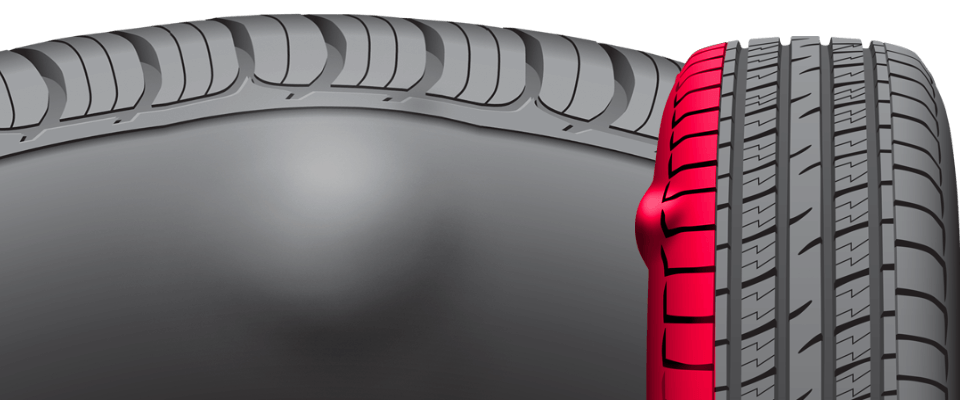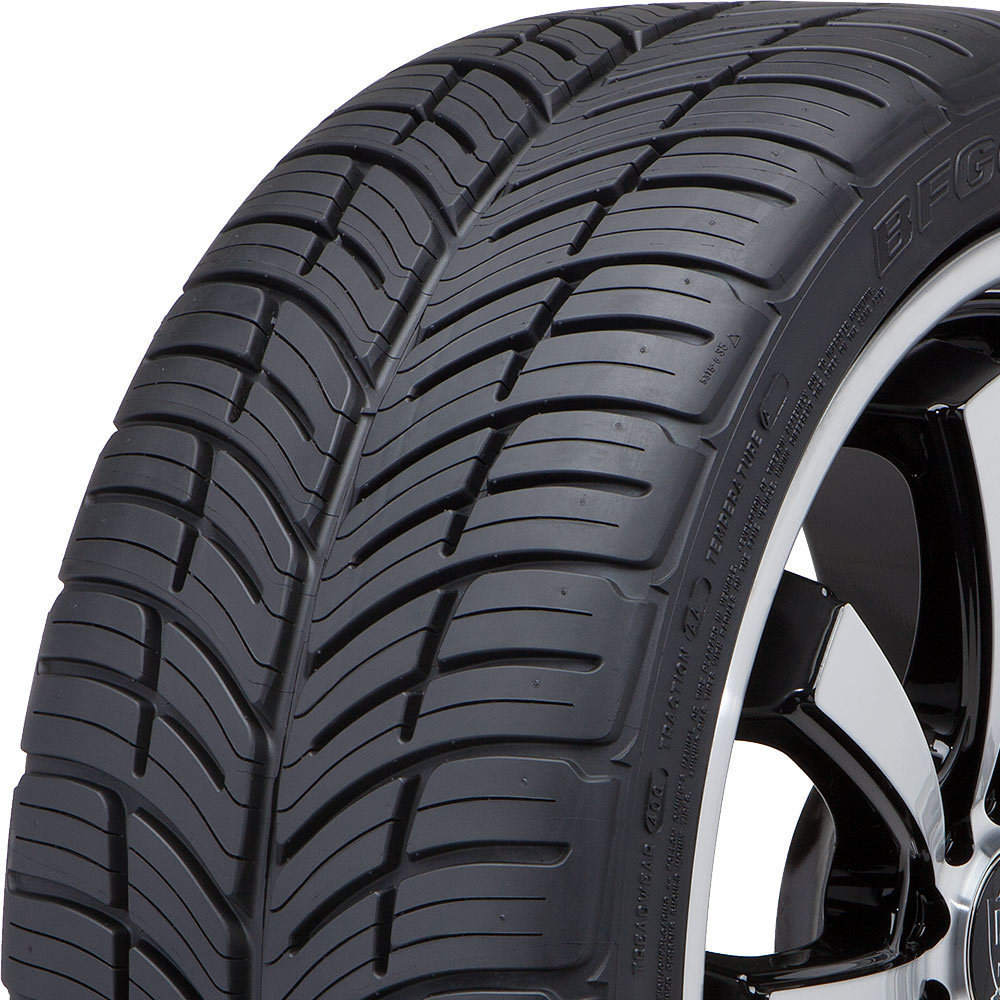If you have a bulge in the shape of a gumball that sticks out from the tire’s edge, we highly recommend not missing it. It’s a sign that there is something wrong. In reality, the nugget-like protrusion is an air bubble that might burst. Remember this bubble as the tire tumor – it can have catastrophic effects if you leave it untreated. Here, in this post, we put all things together that you should know about the tire bubble and what to do with it. There is valuable information for you, so keep reading this post to learn more.

Why do the tire bubbles occur? Here, we give a detailed explanation.
The tire bubbles are typically induced by heavy-duty damage, such as hitting a pothole or piece of road debris; running into a curb. Also, they can appear because of driving too fast over speed bumps or railroad crossings. If you overload your tire or drive, even for a short distance, with a flat tire, it also can cause tire bubbles.
Besides, we must admit that manufacturing mistakes can sometimes occur that cause your tire to be less than perfect. It may affect the integrity of the tire and its ability to resist challenging road conditions, or it merely causes a tire bubble without much instigation. Unfortunately for those who live in colder climates, the low temperatures can affect the rubber of your tire. Thus tire bulging occur.
The effect that your tire is having from hitting the foreign object squeezes the tire against the rim. It damages the inner lining, creates a small hole or tear, and compromises the strength of the sidewall plies. Also, it allows the air to leak into the body of the tire. That is how the bubble on the tire grows.
But it doesn’t mean that the tire bubbles can never appear because of an internal defect of the tire. If the licensed dealer inspects the tire and decides that the impact has incurred no apparent harm, there is a possibility that your warranty will cover the defect. All the rules and practices of each maker of tires are different, so in some cases, the tire can be faulty, and the inner lining cannot be up to snuff. And if you don’t recall that you have subjected your tires to any damage of high impact, then a claim will be worth submitting.
The bubbles on the side of your tire must not be mistaken for bubbles, which may be hard to find. They usually pop up in the tread of your tire—these bubbles denote that the belt of your tire is damaged (the steel belts that run around the circumference of the tire on the outside, under the tread).
Usually, there are no symptoms of a tire bubble in the sidewall that you’ll feel. In certain instances, the impact is insufficiently significant to be detected by the driver but is sufficient enough to damage the tire. If you notice a bulge in the tread, you may be able to drive for a short distance, at least so you can get somewhere safe to install the spare. Do not drive for long distances with a bulging tire, as the tire can fail completely at any time. Only the mechanic can help you determine if this is the case by removing your tire and inspecting it.
If you have the tire bubble, can you be sure your tires are safe?
While some forums and drivers may advise that you can drive with the tire bubble, it’s highly dangerous. It’s far riskier than this side tire bubble can seem. It could cause more damage than a flat tire: it will damage your wheels, you, and those who ride on the road around you. If you have a bubble on the side of your tire, that is a ticking time bomb that can boom at any time — for example, you drive 80 miles per hour down the highway — this way, you trigger a blast that will endanger your life and the lives of others. In reality, the National Highway Traffic Protection Administration (or just NHTSA) reports that 11000 accidents a year are caused by the failure of the tire. We hope that you are a responsible vehicle-owner and driver, so it makes the most sense to get the bulge in your tire looked at as soon as possible.
Can you have the bubbles of the tire repaired?
Have you got a bubble on your tire’s side? Don’t postpone it. Take it into account at once. Make sure you move carefully to the closest tire repair shop or car dealership. Unfortunately, addressing the tire bubble doesn’t mean it will be repaired. The side tire bubbles cannot be repaired — before a blowout happens, the whole tire must be replaced completely. Also, don’t forget to have the rest of your tires checked for damages, and if they’re worn past 50%, it may be better to replace them now.
We’re sure you do not want to face this problem someday. So we have an advice for you. We know you’ve heard it before, but we will repeat it: routine car maintenance can help you avoid more costly repairs and replacements down the road. This recommendation applies to tire bulging too! The tire bubbles occur most commonly as a result of challenging road conditions, but this can be exacerbated when your tires are over-or under-inflated. The routine care maintenance provided by a certified auto mechanic means that your tires are properly inflated on a consistent basis.
Additionally, preventative maintenance can monitor your suspension, tire rotation, and wheel alignment, ensuring that your tires experience even wear and tear rather than irregular tread wear or bulging. Besides, it helps your tires to last as long as possible before having to replace them. And in the end, always keep in mind the general safety of the road. Stay alert and drive safe.

Founder at Tiresout. Used to be working as an engineer at Bridgestone Tires Akron Technical Center. The responsibilities included but were not limited to technical computing, indoor & outdoor testing of new tires.
